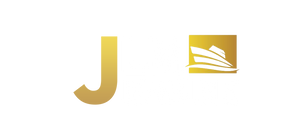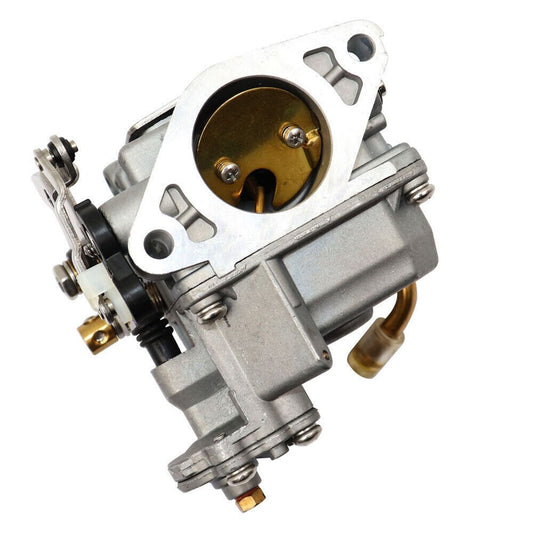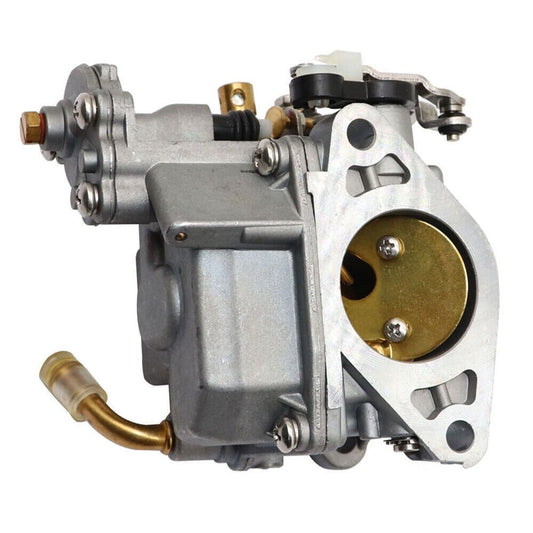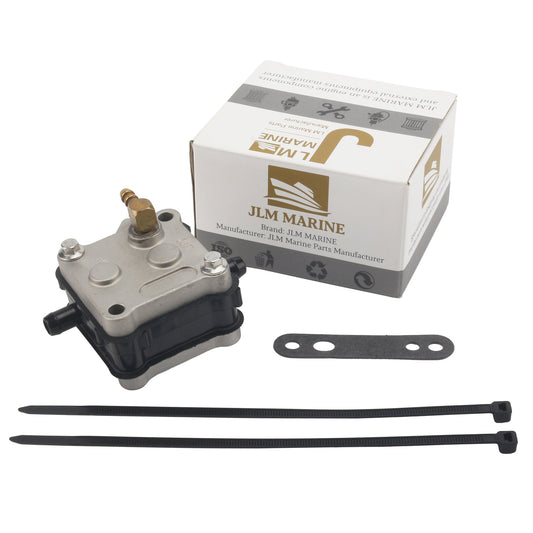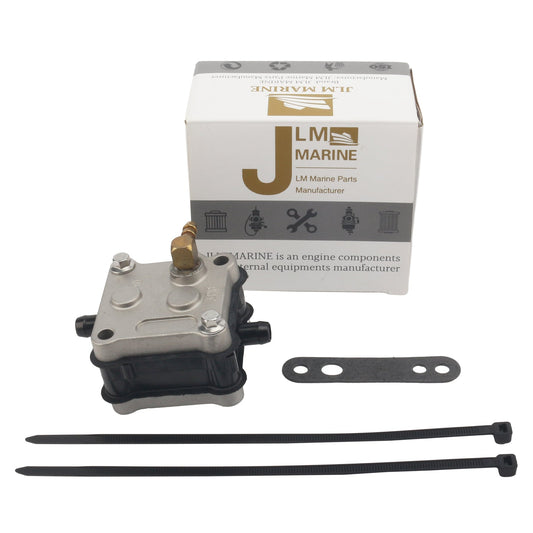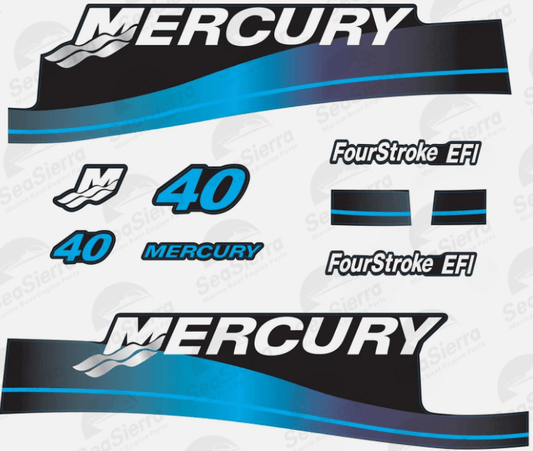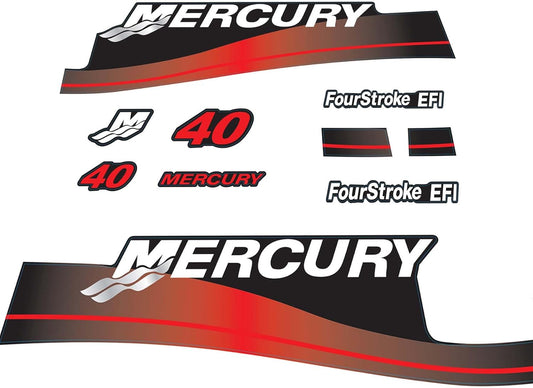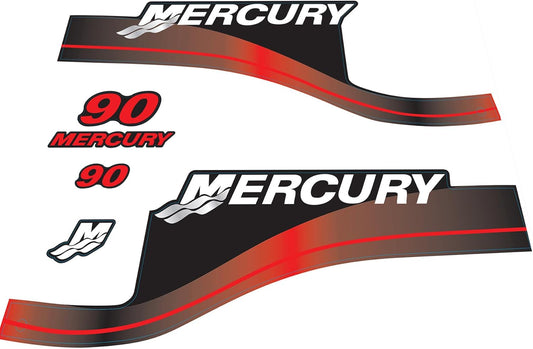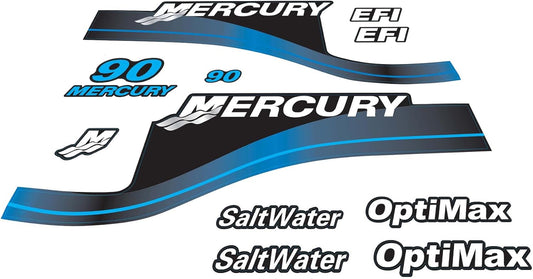US Marine Market Recovery Navigating the Uneven Comeback in Americas Boating Industry
The United States marine market has long been a bellwether for the global boating industry, and in 2013, it earned the distinction of being the first major boating market to show meaningful signs of recovery following the devastating global recession. However, this comeback has been anything but uniform, with some segments surging back to pre-recession levels while others continue to struggle. This uneven recovery offers valuable insights into changing consumer preferences, market dynamics, and strategies for marine equipment suppliers looking to capitalize on growth opportunities in the world's largest boating market.
The State of the US Marine Market in 2013
In his annual state-of-the-industry address at IBEX, NMMA president Thom Dammrich presented statistics showing that the recovery in the US boating industry was gaining momentum. He highlighted several positive indicators that historically correlate with new-boat sales, including an improving consumer confidence index, rising housing prices, and growth in recreational vehicle sales.
Particularly encouraging was the data on boating participation, which had increased by an impressive 32 percent over the previous five years. This significantly outpaced growth in related outdoor activities like fishing (up 11 percent) and hunting (up 9 percent). This surge in participation created a foundation for future sales growth as new enthusiasts gained experience and potentially moved toward boat ownership.
Looking ahead, Dammrich expressed optimism about the industry's prospects, predicting that 2014 would mark the beginning of a "multi-year" growth period. "There might be a down year somewhere, but we expect sustained growth. Next year could be up 10 percent again," he noted. This positive outlook was echoed by business forecasters who were maintaining "rosy views" of the US economy for 2014, predicting three percent growth by the second quarter along with low inflation and improved employment.
Segment-Specific Performance: Winners and Losers
While the overall market showed signs of improvement, the recovery was remarkably uneven across different boat categories. This segmentation revealed significant shifts in consumer preferences and highlighted both challenges and opportunities for manufacturers and suppliers.
Strong Performers
Several segments demonstrated robust recovery, with some returning to or even exceeding pre-recession sales levels:
Pontoon Boats
The pontoon market emerged as one of the strongest performers in the post-recession era. These versatile, family-friendly vessels appealed to a broad range of consumers seeking value, ease of use, and multi-purpose functionality. Doug Sexton, senior vice president of sales for Nautic Global Group, confirmed this trend: "Our pontoon and deck boats are leading the way."
The segment's success prompted significant investment, with Brunswick Corporation opening a new production facility in Indiana for its Kayot and Cypress Cay pontoon lines. J&D Holdings chairman Irwin Jacobs also highlighted his company's entry into the segment with the "Escape By Larson" pontoon line.
Aluminum Fishing Boats
Aluminum boats, particularly fishing models, showed similar strength. These practical, durable, and relatively affordable vessels appealed to both recreational anglers and commercial users. Bill Gress, president of Mercury Marine's South America operations, noted that the outboard boat segment, especially models 60hp and below, had weathered the downturn better than other categories.
Outboard-Powered Boats
Outboard-powered fishing boats demonstrated consistent growth, benefiting from advances in four-stroke outboard technology that delivered improved fuel efficiency, reduced emissions, and enhanced reliability. Chris-Craft's president Steve Heese confirmed this trend: "Our outboard boats are strong, too."
Jet-Powered Sportboats
With BRP's Sea-Doo exiting the jet boat market in 2012, other manufacturers moved quickly to fill the void. Rec Boat Holdings launched a new Scarab jet boat line, with the first model rolling off the production line in August 2013, followed shortly by a Glastron jet boat. This segment attracted consumers seeking the performance and ease of maintenance that jet propulsion offers.
Inboard Towboats
The water sports segment showed resilience, with inboard-powered towboats achieving high single-digit sales growth. Bill Yeargin, president and CEO of Correct Craft, reported that his company's Nautique brand was seeing higher sales, particularly "at the high end, our most expensive product." This growth prompted Correct Craft to increase its workforce, hiring 50 new employees at the end of 2012 and another 50 mid-year in 2013.
Struggling Segments
In contrast, several traditional powerboat categories continued to face significant challenges:
Sterndrive Cruisers and Runabouts
Once the bread and butter of the largest fiberglass manufacturers, the sterndrive segment remained in a four-year decline. Statistical Surveys reported that retail sales in the combined sterndrive and inboard cruiser categories were down 13 percent through July 2013, though a slight uptick in July and August offered "faint hope that the slide was over."
Roch Lambert, president of Rec Boat Holdings (owner of the Glastron, Four Winns, Scarab, and Wellcraft brands), confirmed this trend: "Our runabouts over 24 feet are selling fairly well, but entry-level sterndrives and cruisers are still soft. That's pretty much what we've heard from everyone we've talked to in the domestic market."
Several factors contributed to the sterndrive segment's struggles:
- EPA Catalyst Requirements: New environmental regulations requiring catalytic converters had added at least $3,000 to the price of a new sterndrive boat, making them less affordable for entry-level buyers.
- Design Stagnation: Lambert noted that the bowrider segment suffered from a "sea of sameness," with boats looking virtually unchanged from models produced a decade earlier. "It's hard to convince a consumer to invest the extra money when they see very few new benefits," he explained.
- Competition from Other Segments: Many potential sterndrive buyers had shifted to pontoon boats, which offered more space, versatility, and value for a similar investment.
Mid-Size Inboard Cruisers
The mid-size cruiser market also continued to struggle, with many potential buyers either deferring purchases or opting for used vessels. The economic uncertainty and tighter financing conditions particularly affected this segment, which typically relies heavily on financing options.
Market Dynamics and Trends
Several key dynamics and trends characterized the US marine market in 2013:
Bifurcation of the Market
A clear bifurcation emerged between the high and low ends of the market. Chris-Craft's Steve Heese reported strong sales for the company's larger models: "Our 28, 32, and 36-footers are very strong right now." Similarly, Correct Craft's Yeargin noted that growth was coming "almost exclusively at the high end, our most expensive product."
This pattern reflected broader economic trends, with affluent consumers recovering more quickly from the recession while middle-income buyers remained cautious. The result was a "barbell" effect, with growth at both the premium and entry-level price points, but continued weakness in the middle market.
New Product Development
Manufacturers responded to the challenging market by accelerating new product development. "We've launched 56 new products in the last 18 months," reported Irwin Jacobs of J&D Holdings. Similarly, Rec Boat Holdings introduced 27 new models in three years.
Mike Oathout, vice president at Taylor Made Systems, emphasized the importance of innovation: "We're up slightly this year in sales, but we're continuing to claw our way out of it. What's selling are new products, so we've put forward a tremendous effort in new-product development."
This focus on innovation was essential for rebuilding brands and attracting consumers who needed compelling reasons to make major purchases in an uncertain economy.
Export Market Growth
International sales became increasingly important for US manufacturers seeking to offset domestic market weakness. Jacobs was blunt about the importance of global markets: "We couldn't be in business without our exports." His company was selling to diverse markets including China, Canada, South America, and even Australia.
Roch Lambert reported that Canada accounted for 35 percent of Rec Boat Holdings' total sales, with the company's largest dealer located in Montreal and its second-largest outside Toronto. Correct Craft's Yeargin stated that his company's international business in 2013 would be "the highest it has ever been," thanks to a three-year initiative that added 31 new non-US dealers.
According to NMMA data, boat and marine exports were down 0.3 percent through July 2013, reflecting the weak first quarter. However, on a rolling 12-month basis through July, exports were up 5.1 percent year-over-year, totaling US$2.24 billion, while imports into the US for the same period were US$2.06 billion.
Diversification Beyond Recreational Boating
Many manufacturers broadened their markets to compensate for declines in recreational boat sales. Correct Craft acquired the Orlando Watersports Complex and opened a second Aktion Park location in Miami, introducing people to water sports without the initial investment in a boat. "It's a fine standalone business, but I'm not sure we would've gotten into it without the synergy of the boat business," explained Yeargin.
Fortress Anchors made inroads into the military market, securing contracts with the US Coast Guard. Ritchie Navigation found new business supplying compasses for crew boats serving the offshore oil industry. Kenyon transitioned away from the marine business as its primary revenue source, expanding into residential, assisted-living, and educational markets, which now accounted for about 70 percent of its annual sales.
Dealer Network Stabilization
After years of contraction that saw many dealerships close, the distribution network began to stabilize. "Dealers are less cautious and more optimistic," observed Nautic Global Group's Sexton. "Inventory levels are at fairly decent numbers, but remain at historic lows. But we're moving everything through the pipeline."
Brunswick's Dustan McCoy reported that pipelines for aluminum products were up compared to the previous year, though fibreglass pipelines had declined and "remain at low levels." He expected that "for 2013, the growth rate in global wholesale shipments is expected to continue to be less than growth rate in global retail shipments," indicating a cautious approach to inventory management.
Challenges Facing the US Marine Market
Despite signs of recovery, several significant challenges continued to impact the US marine market:
Lingering Economic Uncertainty
While economic indicators were improving, many consumers remained cautious about major discretionary purchases. "I've never seen a recession last quite as long," observed Steve Sprole of Ritchie Navigation. "There are still a lot of people who don't have jobs and the money to go out and boat."
This uncertainty affected consumer confidence and purchasing decisions, particularly in the middle market segments. The industry had recovered only a fraction of its pre-recession sales volume, with Correct Craft's Yeargin noting that "our market is still about 60 percent off what it was pre-2008."
Weather-Related Disruptions
Unusual weather patterns disrupted the 2013 boating season in many regions. Dammrich acknowledged that "the cold spring stalled the season through June," before the market bounced back in July. These weather-related disruptions affected not only new boat sales but also aftermarket parts and accessories sales, as boaters had fewer opportunities to use their vessels.
Regulatory Pressures
Increasing regulatory requirements, particularly environmental regulations, created challenges for manufacturers and added costs for consumers. The EPA's catalyst requirements for sterndrive engines were frequently cited as a factor in that segment's continued struggles, adding significant cost to new boats and pushing some buyers toward used vessels or alternative propulsion types.
Industry Consolidation
The recession had significantly reshaped the industry landscape, with Dammrich estimating that "several hundred" builders had disappeared during the downturn. While most were small custom manufacturers producing only one or two boats per year, the consolidation had reduced competition in some segments and created opportunities for well-capitalized companies to gain market share.
Opportunities for Marine Equipment Suppliers
For marine equipment suppliers, the uneven recovery in the US market presented both challenges and opportunities:
Segment-Specific Strategies
The wide variation in performance across different boat categories necessitated segment-specific approaches. Suppliers focusing on growing segments like pontoons, aluminum fishing boats, and outboard-powered vessels had more immediate opportunities than those primarily serving the struggling sterndrive and inboard cruiser markets.
Aftermarket Focus
With the installed base of boats aging and many owners choosing to maintain existing vessels rather than purchase new ones, the aftermarket for parts, accessories, and maintenance products offered significant potential. Quality, reliability, and value were particularly important in this segment, as boat owners sought to maximize the performance and longevity of their investments.
OEM Partnerships
As manufacturers accelerated new product development to stimulate sales, opportunities emerged for suppliers to partner on innovative solutions. Companies that could help boat builders differentiate their products through unique features, improved performance, or enhanced user experience had a competitive advantage in securing OEM relationships.
Export Market Development
The growing importance of international sales for US manufacturers created opportunities for suppliers to expand their global reach. Companies with the capability to support customers in diverse markets and navigate the complexities of international trade could benefit from this trend.
Value-Focused Offerings
In a price-sensitive market where many consumers remained cautious about spending, value-focused offerings that delivered quality and performance at competitive price points had particular appeal. Factory-direct pricing models that eliminated intermediary markups could provide a significant competitive advantage in this environment.
Strategies for Success in the US Marine Market
For marine equipment suppliers looking to capitalize on the recovering but uneven US market, several strategic approaches merit consideration:
Segment Diversification
Given the wide variation in performance across different boat categories, diversifying product offerings to serve multiple segments could help mitigate risk and maximize growth opportunities. This approach required understanding the unique needs and preferences of each segment and developing targeted solutions.
Quality and Durability Emphasis
In a market where many boat owners were keeping their vessels longer, products that offered superior durability, reliability, and performance had particular appeal. Suppliers who could demonstrate the long-term value of their offerings through quality construction, comprehensive warranties, and excellent service support had a competitive advantage.
Innovative Solutions
The industry's focus on new product development created opportunities for suppliers who could contribute innovative solutions. This included not only new products but also improvements to existing offerings that enhanced performance, reduced maintenance requirements, or improved the user experience.
Competitive Pricing Models
With many consumers remaining price-sensitive, competitive pricing strategies were essential. Factory-direct models that eliminated distribution markups could be particularly effective, allowing suppliers to offer premium products at attractive price points while maintaining healthy margins.
Strategic Partnerships
Developing relationships with manufacturers in growing segments could provide valuable market access and insights. These partnerships could range from OEM supply agreements to collaborative product development initiatives that leveraged the strengths of both parties.
Outlook: The Path Forward
Despite the challenges, industry leaders remained cautiously optimistic about the future of the US marine market. Brunswick's Dustan McCoy expressed confidence in "the ultimate growth of this boating market," noting that his company wouldn't be making significant investments "if we were worried about the long-term prospects of the industry."
The fundamentals supporting long-term growth remained strong. Boating participation was increasing, creating a pipeline of potential future boat owners. The aging of the existing fleet would eventually drive replacement demand. And the enduring appeal of the boating lifestyle continued to attract new enthusiasts despite economic challenges.
For marine equipment suppliers, success in this evolving market would require understanding its complexities, adapting to changing consumer preferences, and developing targeted strategies for different segments. Those who could navigate these challenges effectively would be well-positioned to benefit from the industry's gradual but steady recovery.
As one industry veteran observed, the US marine market in 2013 was best characterized as "steady as she goes" – making progress, but with careful navigation required to avoid the shoals of lingering economic uncertainty and shifting consumer preferences. For suppliers with the right products, strategies, and partnerships, this cautious recovery offered significant opportunities for sustainable growth in the world's largest boating market.
